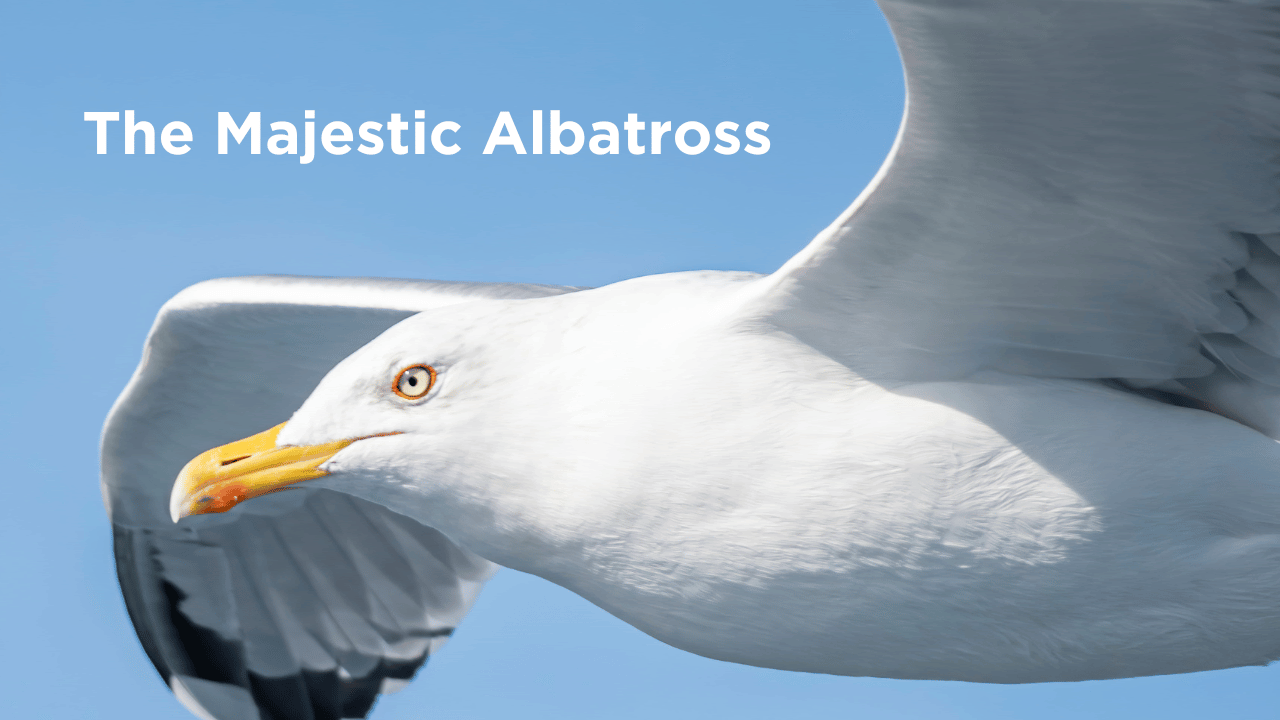Bird With the Largest Wings: Exploring the Wonders of Avian Flight
Birds have always captivated us with their ability to soar through the skies effortlessly. Among the various fascinating aspects of avian biology, the size of their wings plays a crucial role in determining their flight capabilities. In this article, we will delve into the awe-inspiring world of birds with the largest wings. From their immense wingspans to the remarkable adaptations that enable their flight, we will explore these majestic creatures that dominate the skies.
Understanding Avian Wings
The Importance of Wings
Birds' wings are vital for their survival and have evolved over millions of years to optimize flight. The size and shape of their wings determine their maneuverability, speed, and endurance in the air.
Anatomy of Bird Wings
Bird wings consist of several components, including feathers, bones, muscles, and ligaments. Feathers form the main surface area of the wing and provide both lift and thrust during flight. The bones, mainly the humerus, radius, and ulna, provide structural support, while the muscles control the wings' movement.
The Largest Winged Birds
The Wandering Albatross
The Wandering Albatross, with its majestic presence and incredible wingspan, holds the record for the largest wingspan of any living bird. Spanning up to 3.5 meters (11 feet), these magnificent seabirds navigate vast oceanic expanses with remarkable ease.
The Andean Condor
The Andean Condor, found in the highlands of South America, boasts an impressive wingspan of around 3.2 meters (10.5 feet). With their large wings, these scavengers efficiently soar through mountainous regions, relying on thermals to gain altitude.
The Marabou Stork
Known for its distinct bald head and immense wings, the Marabou Stork possesses a wingspan that can reach up to 3 meters (9.8 feet). These massive birds inhabit parts of Africa, where they gracefully glide across savannahs and wetlands.
Wing Adaptations for Flight
Feathers: Nature's Flight Equipment
Feathers are the hallmark feature that distinguishes birds from other creatures. They are not only responsible for insulation and coloration but also play a crucial role in generating lift and reducing drag during flight.
Efficient Wing Shape and Structure
Large-winged birds exhibit wings that are broader and longer in proportion to their body size. This wing configuration allows for increased lift, stability, and the ability to cover long distances.
Flight Muscles and Strength
The flight muscles of large-winged birds are well-developed and robust. These muscles generate the power required for sustained flight and enable them to overcome the challenges of their expansive habitats.
Flight Strategies of Large-Winged Birds
Gliding and Soaring Techniques
Birds with large wingspans are adept at gliding and soaring, utilizing air currents and thermals to conserve energy during flight. They can cover vast distances with minimal exertion, effortlessly navigating their environments.
Migration and Long-Distance Flight
Many large-winged birds embark on incredible migratory journeys, traveling thousands of kilometers between breeding and wintering grounds. Their remarkable wings allow them to undertake these arduous long-distance flights.
Foraging and Hunting in the Air
Birds with large wingspans often specialize in hunting strategies that involve flight. They use their exceptional vision and maneuverability to spot prey from above, enabling them to swoop down and catch their meals.
Conservation and Challenges
Human Threats to Large-Winged Birds
Despite their awe-inspiring presence, birds with large wingspans face numerous challenges, primarily driven by human activities. Habitat loss, pollution, climate change, and hunting pose significant threats to their populations.
Conservation Efforts
Conservation organizations and governments around the world are working tirelessly to protect large-winged birds. These efforts include habitat conservation, captive breeding programs, and public awareness campaigns to ensure the survival of these magnificent species.
The Importance of Protecting their Habitat
Preserving the natural habitats of large-winged birds is vital for their survival. Wetlands, oceans, mountains, and other ecosystems that support these birds must be safeguarded to maintain biodiversity and the intricate balance of our planet.
Conclusion
Birds with the largest wingspans possess awe-inspiring adaptations that enable them to dominate the skies. Their remarkable flight abilities, efficient wing structures, and unique hunting strategies have captivated humans for centuries. However, the conservation of these magnificent creatures is crucial to prevent their decline and preserve the wonders of avian flight for future generations.
FAQs
Q1: Which bird has the largest wingspan?
A1: The Wandering Albatross holds the record for the largest wingspan of any living bird, reaching up to 3.5 meters (11 feet).
Q2: How do large-winged birds stay in the air for long periods?
A2: Large-winged birds utilize gliding and soaring techniques, harnessing air currents and thermals to conserve energy during flight.
Q3: Can birds with large wings fly faster than smaller birds?
A3: While large-winged birds can achieve impressive speeds, flight speed is not solely determined by wing size. Other factors, such as body shape and muscle strength, also contribute to a bird's flight capabilities.
Q4: What is the significance of large wingspans in bird species?
A4: Large wingspans provide birds with increased lift, stability, and the ability to cover long distances, essential for their survival and migratory behaviors.
Q5: Are large-winged birds found all over the world?
A5: Large-winged birds can be found in various regions worldwide, depending on the species. They inhabit diverse habitats such as oceans, mountains, and wetlands, showcasing their adaptability to different environments.

